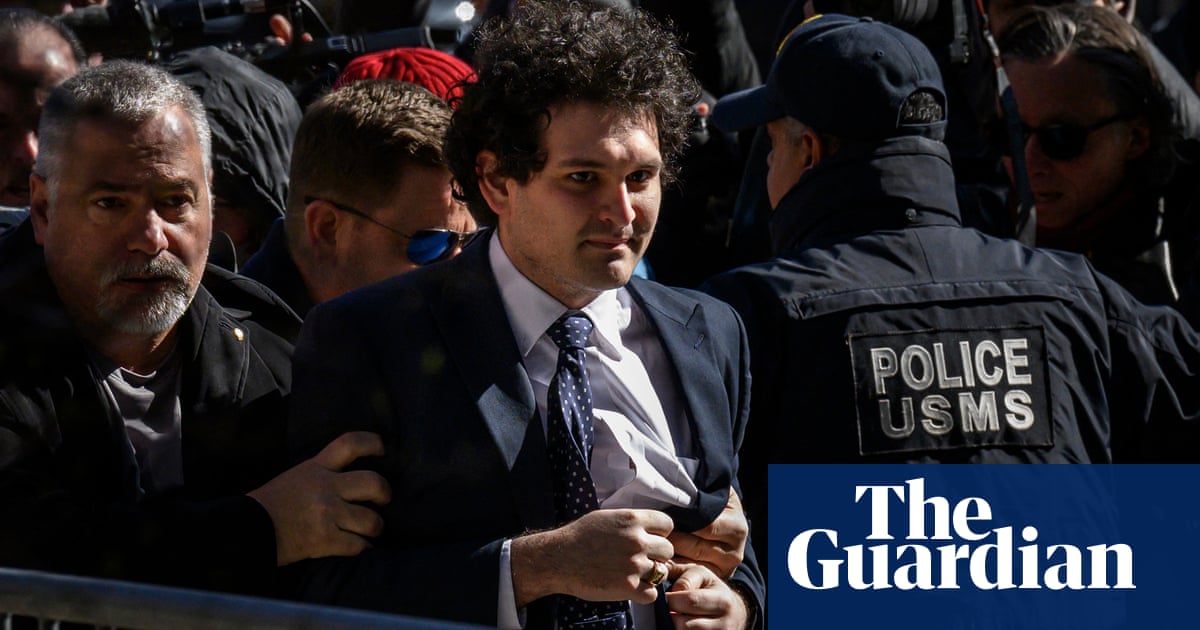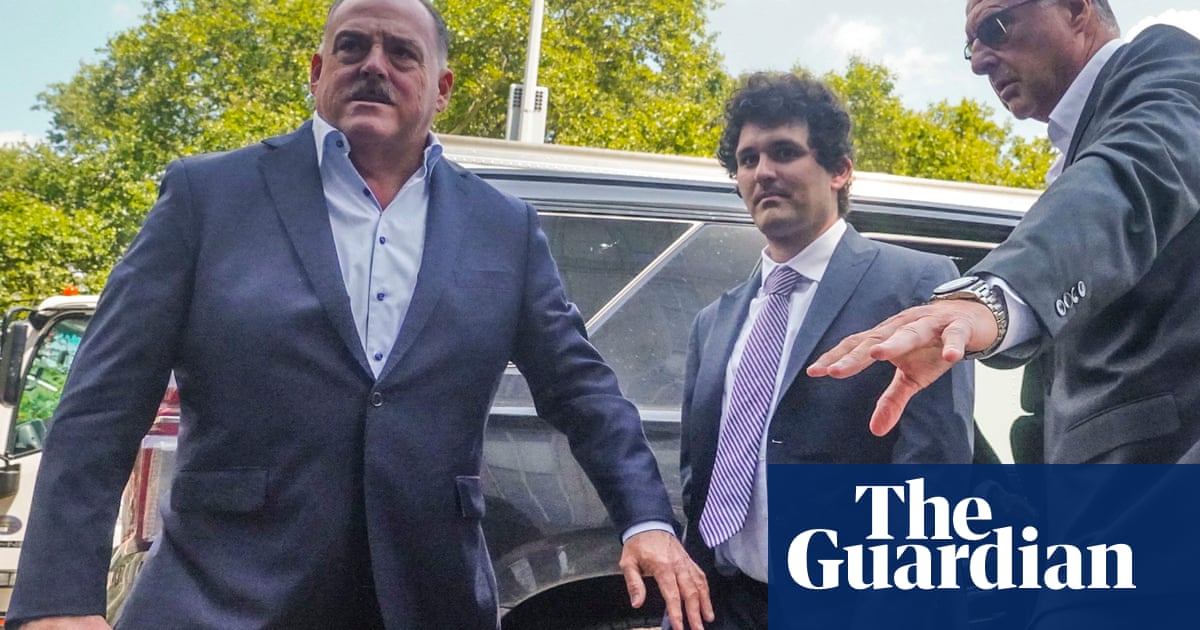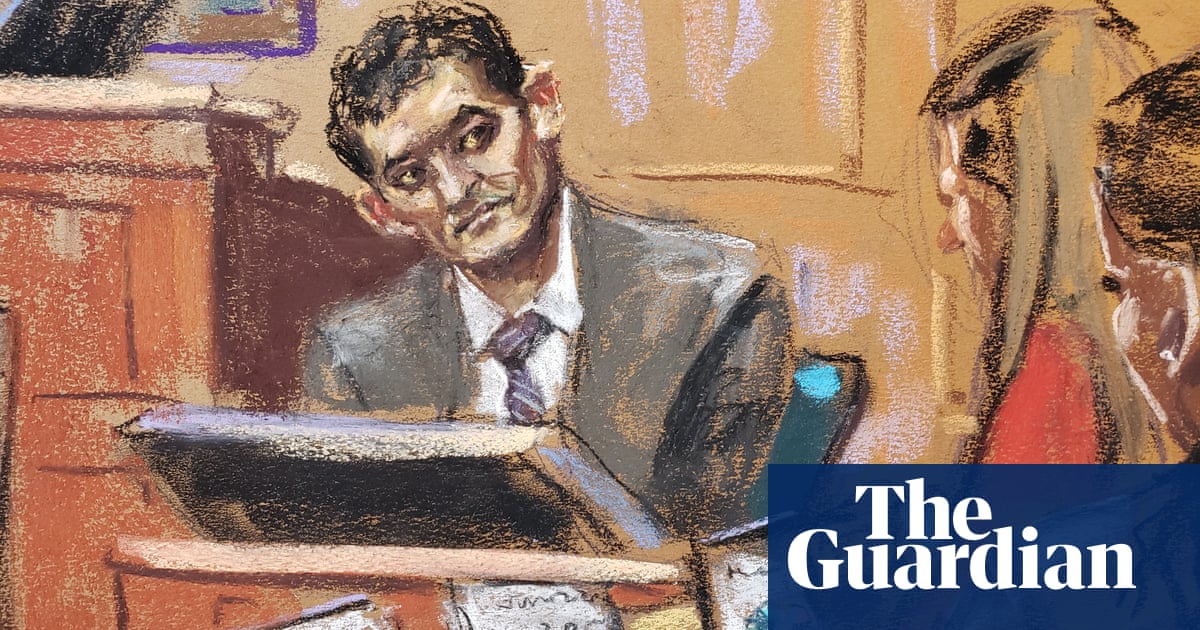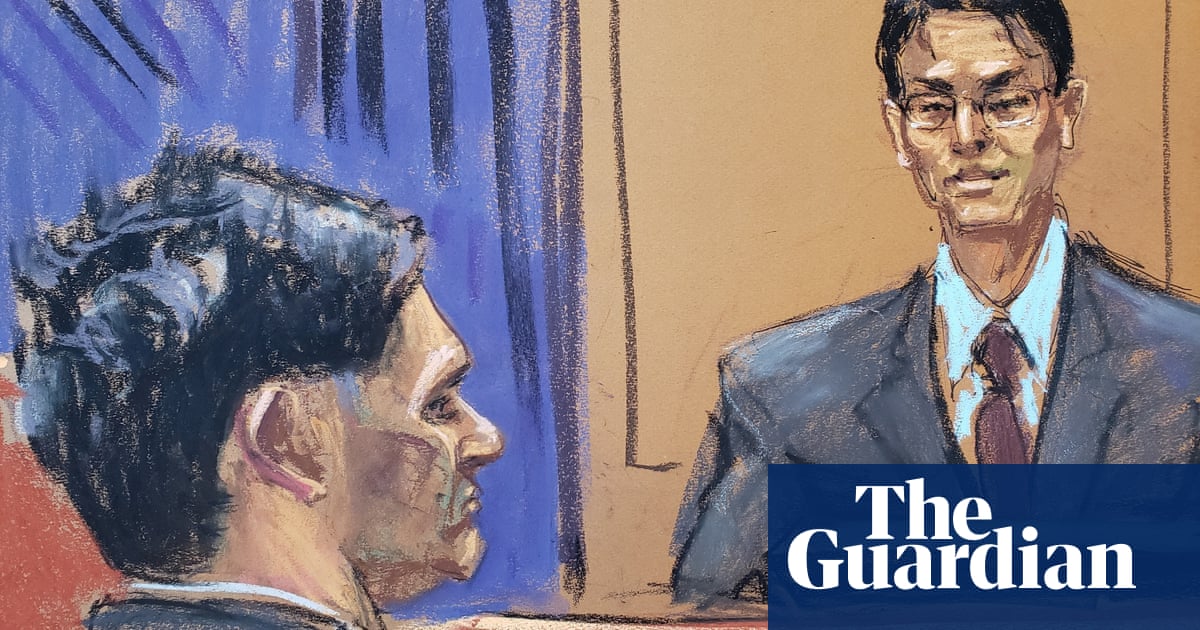
In the second week of FTX founder Sam Bankman-Fried’s crypto fraud trial, Manhattan federal prosecutors called their star witness to the stand: former Alameda Research CEO Caroline Ellison. She delivered stunning, detailed testimony against the failed crypto mogul.
Over the course of three days, Ellison, also Bankman-Fried’s ex-girlfriend, described her work at FTX’s sister hedge fund – repeatedly implicating Bankman-Fried in allegedly siphoning $10bn in customer funds from the cryptocurrency exchange to boost Alameda after a crash in the market.
Ellison also described her personal relationship with Bankman-Fried; over the course of several years, she said, they dated on and off. She told jurors about how the romantic entanglement created awkward situations at work and an uncomfortable power differential.
Defense lawyer Mark Cohen tried to use Ellison’s position at Alameda – and romantic woes with Bankman-Fried – to suggest that she wanted to hold on to control at the company despite middling business savvy and that she was the one at fault for its collapse. Cohen’s questioning also implied that Ellison was so struck by her and Bankman-Fried’s breakup that it affected business communication.
Ellison, who pleaded guilty to wire fraud and conspiracy charges in December for her role in FTX and Alameda’s implosion, testified under a cooperation agreement. Bankman-Fried, who faces seven counts on fraud and conspiracy charges, has maintained his innocence.
Here are five key moments from Ellison’s testimony.
Ellison directly alleged that Bankman-Fried committed crimes
Moments after Ellison took the stand, prosecutor Danielle Sassoon asked: “When you were working at Alameda, did you commit any crimes?” Ellison replied, “Yes, we did.” Sassoon continued: “When you say ‘we’, who do you mean by ‘we’?”
“I mean Sam and I and others,” Ellison said. She testified that the crimes she committed with Bankman-Fried included “fraud, conspiracy to commit fraud and money laundering” and that they defrauded FTX customers and investors, as well as Alameda’s lenders.
“And just to be clear, did you commit these crimes alone?” Sassoon asked. Ellison replied: “No. They were committed with Sam.”
Ellison later said that the decision to use FTX customer funds to cover Alameda’s shortfall, the heart of the alleged fraud, was “Sam’s decision”. Bankman-Fried repeatedly directed her to repay loans, Ellison testified, explaining: “I understood that he was telling me to use FTX customer funds to repay our loans.”
Bankman-Fried’s unkempt boy-genius look was highly curated
During Ellison’s second day of testimony, she was asked about the image Bankman-Fried – known for messy hair and generic T-shirts – tried to project. “I would say he looked like he didn’t put a lot of effort into his personal appearance. He dressed sort of sloppily and didn’t cut his hair often,” Ellison said.
Bankman-Fried even believed his hair had earned him more money, she added.
“He said he thought his hair had been very valuable. He said ever since Jane Street, he thought he had gotten higher bonuses because of his hair and that it was an important part of FTX’s narrative and image,” she added.
Bankman-Fried blamed Alameda’s financial woes on Ellison
Bankman-Fried’s defense has repeatedly contended that Alameda found itself ailing in the wake of crypto’s crash – and lenders’ subsequent calling of their loans – because Ellison didn’t hedge its financial positions early in 2022 to insulate the fund from the market. In late summer, as more lenders were bearing down, Ellison and Bankman-Fried had an in-person conversation about this, according to her testimony.
“We initially started by talking about Alameda’s balance sheet, and then Sam started saying that he thought Alameda should have hedged way more earlier in the year and that it was a big mistake and that it was my fault and that I was largely responsible for the financial situation that Alameda had ended up in,” Ellison told jurors. “He was speaking pretty loudly and strongly … I got very upset, I started crying, and I had trouble continuing the conversation.”
Ellison said Bankman-Fried’s warped utilitarian beliefs poisoned her own ethics
Before Bankman-Fried’s stunning downfall, part of the image he had created for himself was that of a philosopher-founder. He was raised by Stanford Law School professors who talked about utilitarianism – very simply, that doing the greatest good for the greatest number of people is the highest moral good – and professed belief in “effective altruism”, which posits moral value in amassing wealth to give it away. Ellison told jurors about a darker side to Bankman-Fried’s utilitarianism that she said justified committing fraud.
“He said that he was a utilitarian, and he believed that the ways that people tried to justify rules like ‘don’t lie’ and ‘don’t steal’ within utilitarianism didn’t work, and he thought that the only moral rule that mattered was doing whatever would maximize utility, so essentially trying to create the greatest good for the greatest number of people or beings,” Ellison said. Sassoon asked how Bankman-Fried thought rules against dishonesty or theft fell into that mentality. Ellison replied: “He said he didn’t think rules like ‘don’t lie’ or ‘don’t steal’ fit into that framework.”
Ellison and Bankman-Fried’s on-again-off-again romantic relationship hurt the businesses they ran together
“The whole time that we were dating he was also my boss at work, which created some awkward situations,” Ellison testified. “I would say in our personal relationship there was a general theme that I sort of wanted more from our relationship but often felt like he was distant or not paying attention to me.”
Ellison said that the first time they dated, they tried to keep it a secret. The second time, they didn’t keep it under wraps, and they were living together with other FTX insiders in the Bahamas in a $40m penthouse. As for why they broke up, Ellison said: “I felt like he wasn’t paying much attention to me or spending much time with me in the relationship.”
During cross-examination, Cohen seized on their breakup to intimate that she didn’t keep Bankman-Fried in the loop about business as much as she should have. “After you and Mr Bankman-Fried broke up for the last time, did it affect your ability to communicate with him?” he said.
“Yes,” Ellison said. “I found it difficult to have in-person, one-on-one conversations with him. I tried to avoid those and avoid much time with him in social settings. I continued to have work communications with him over Signal.”












